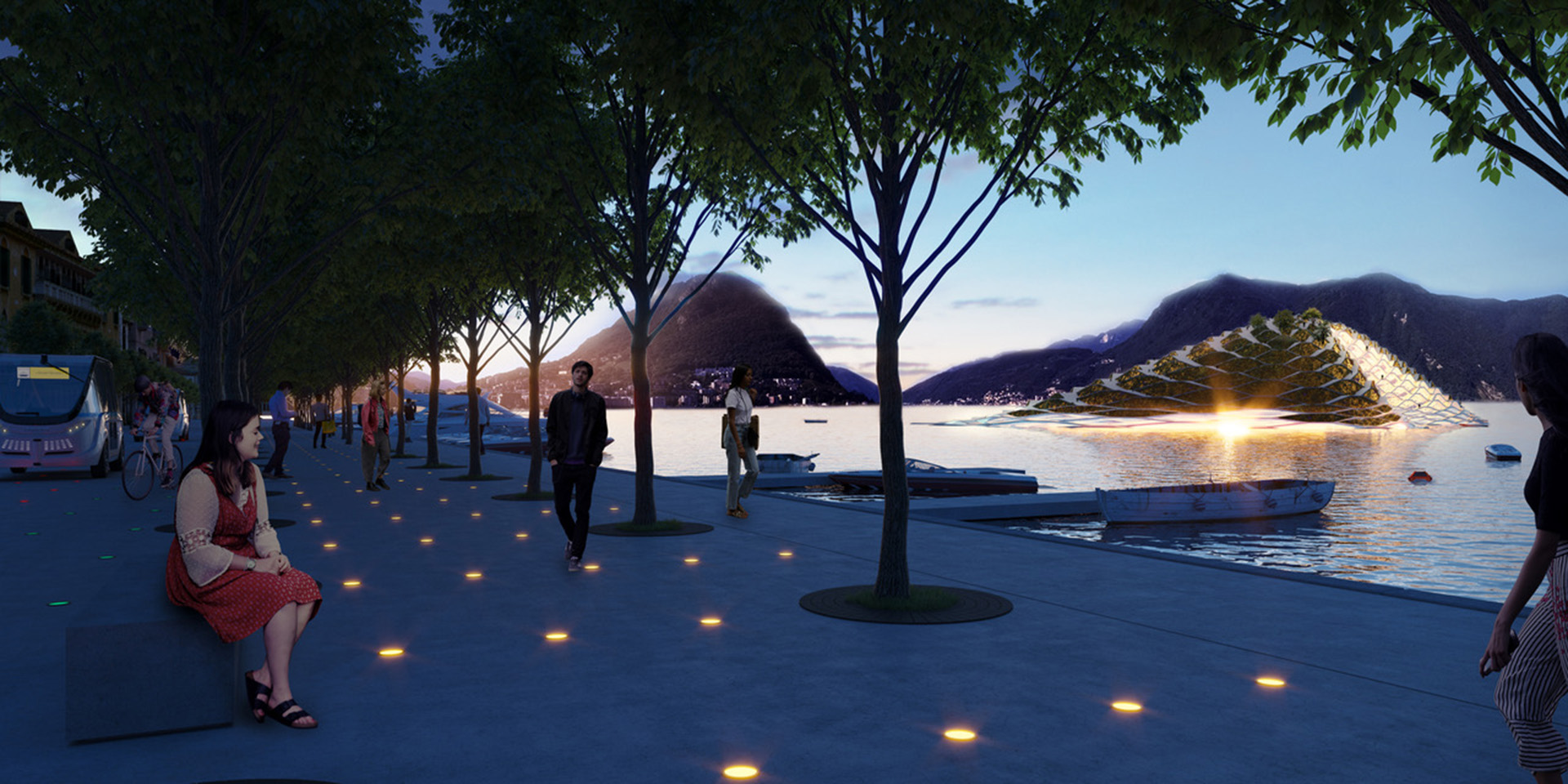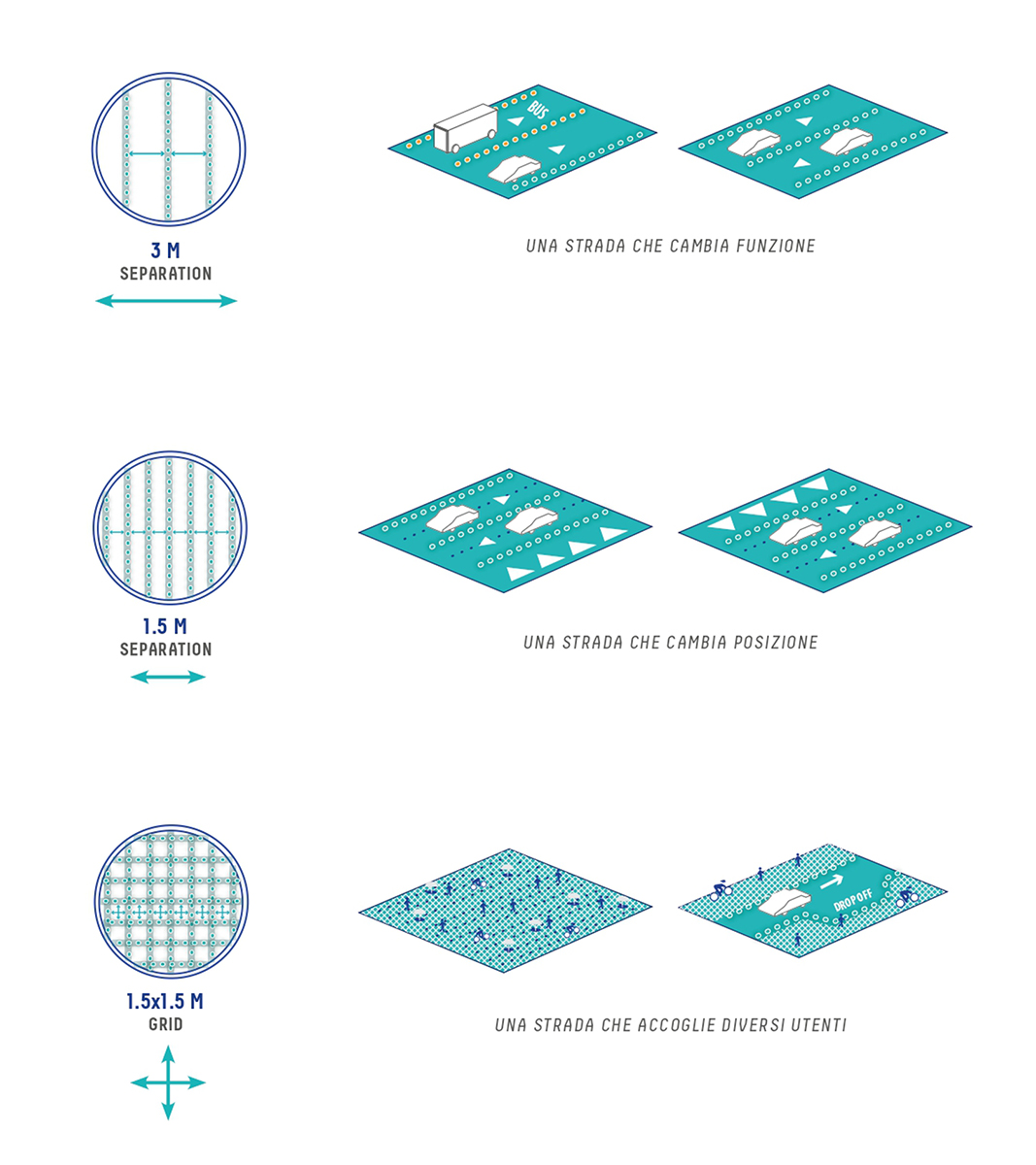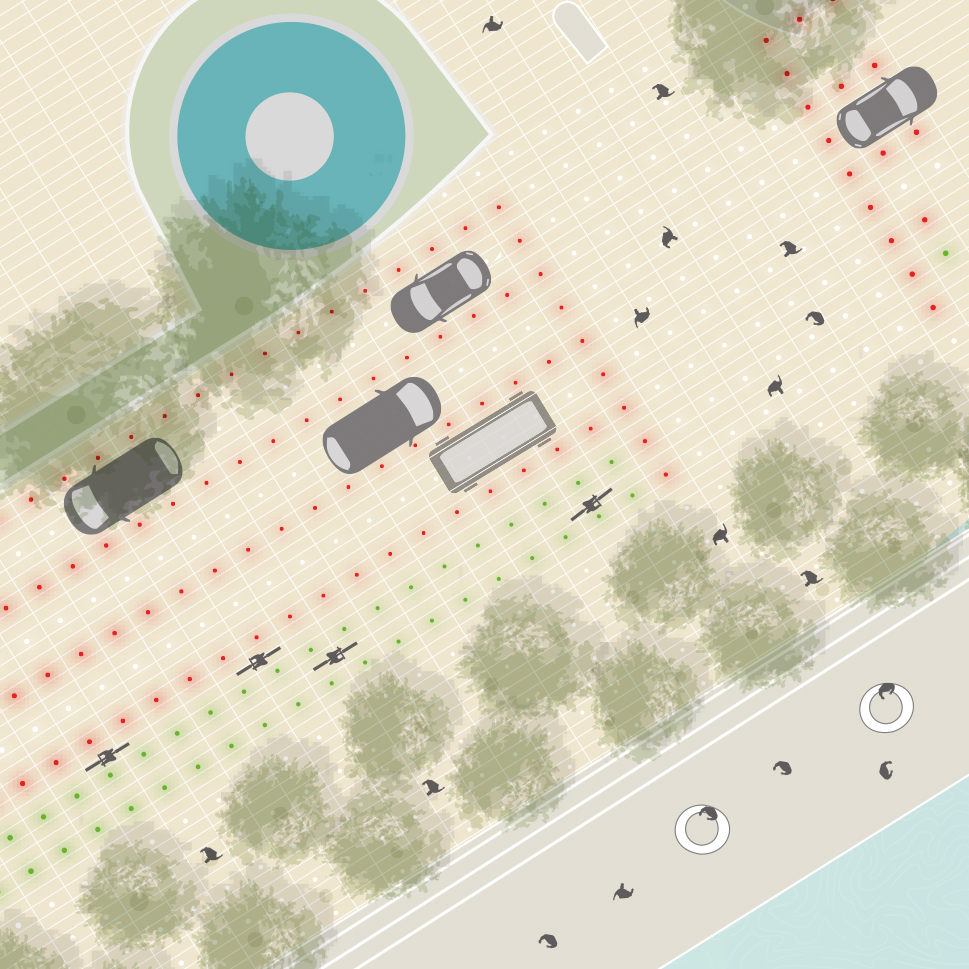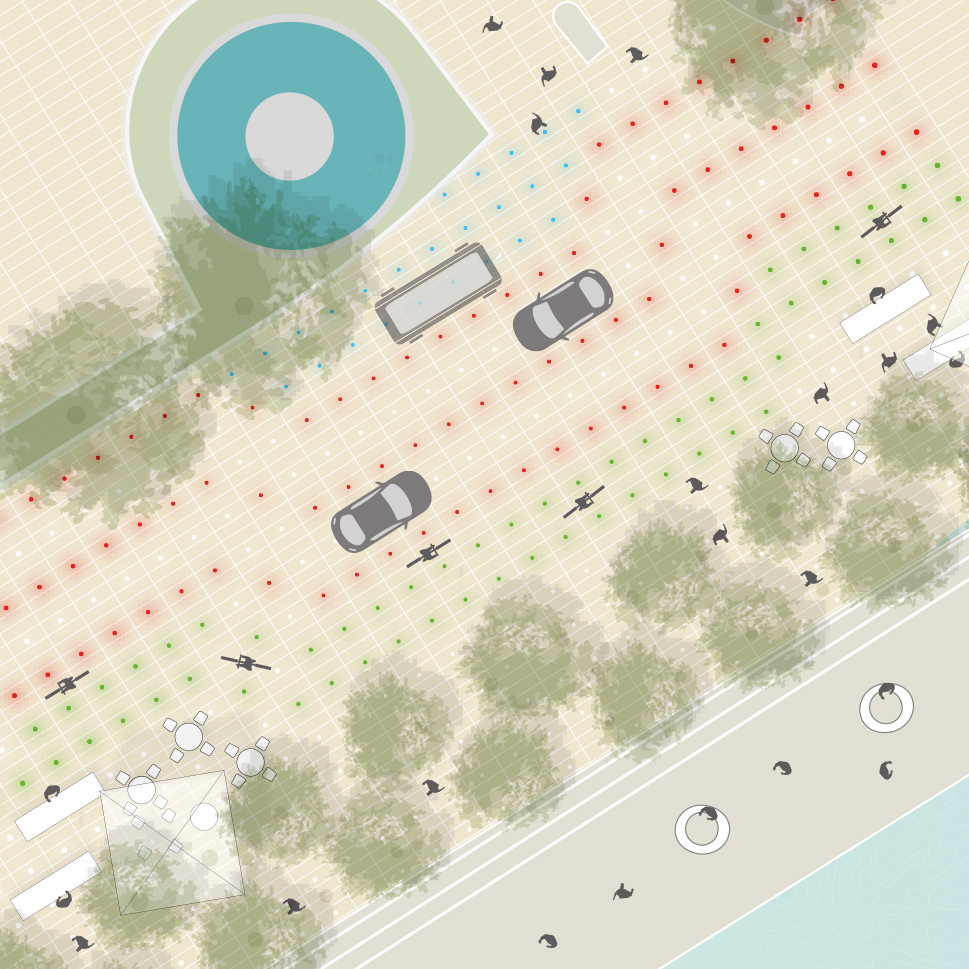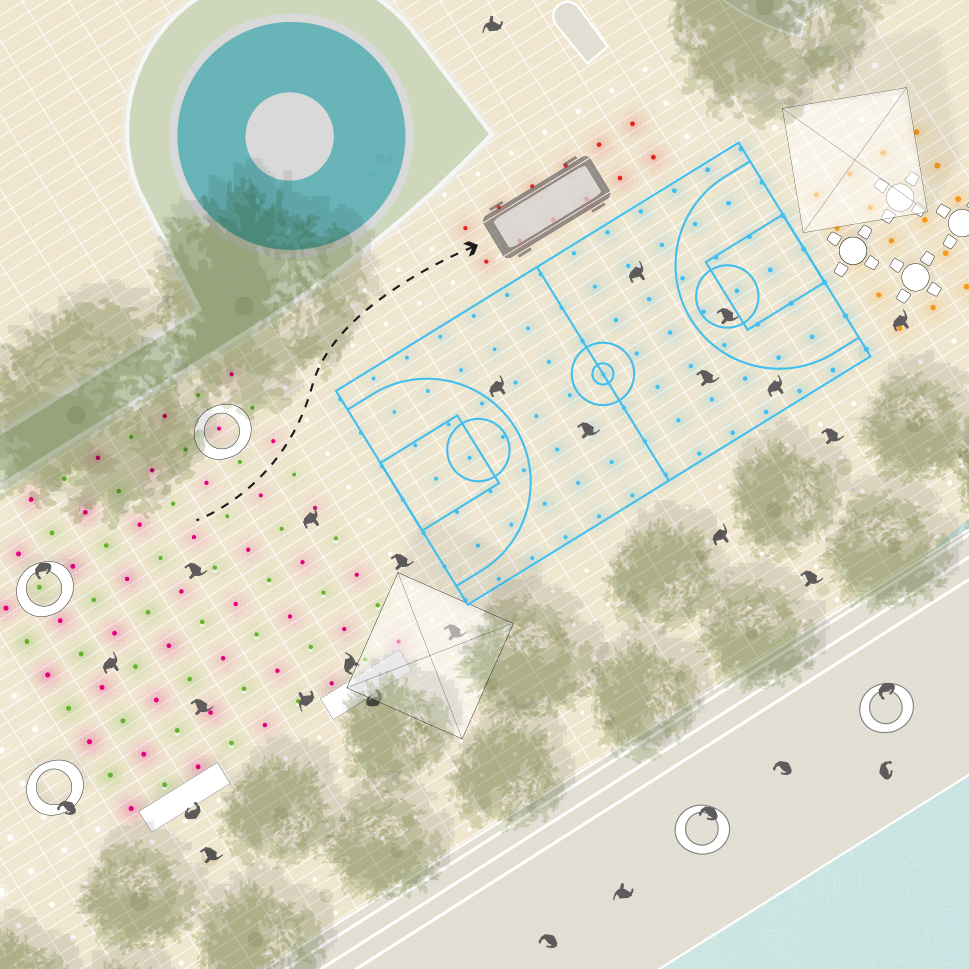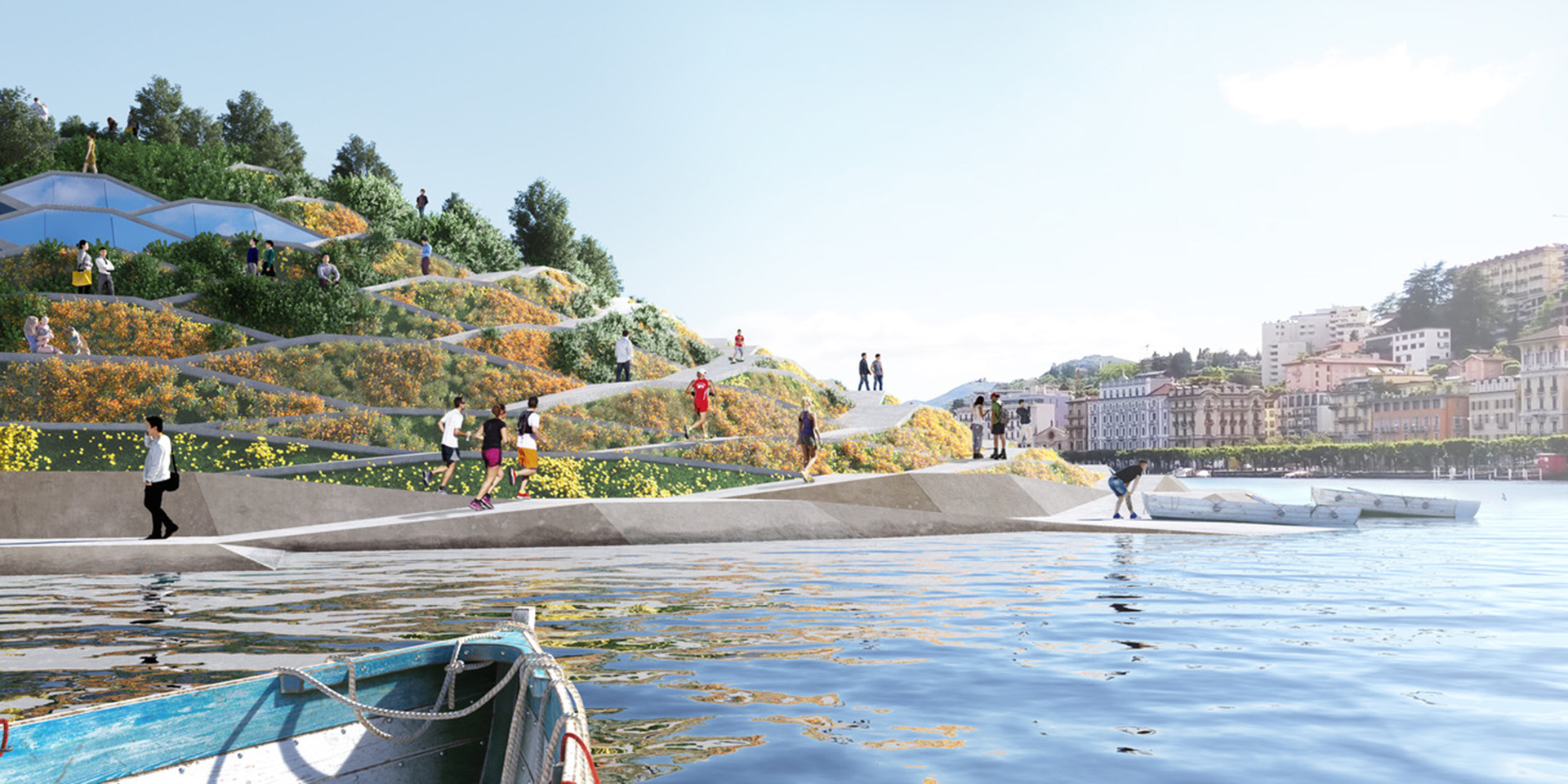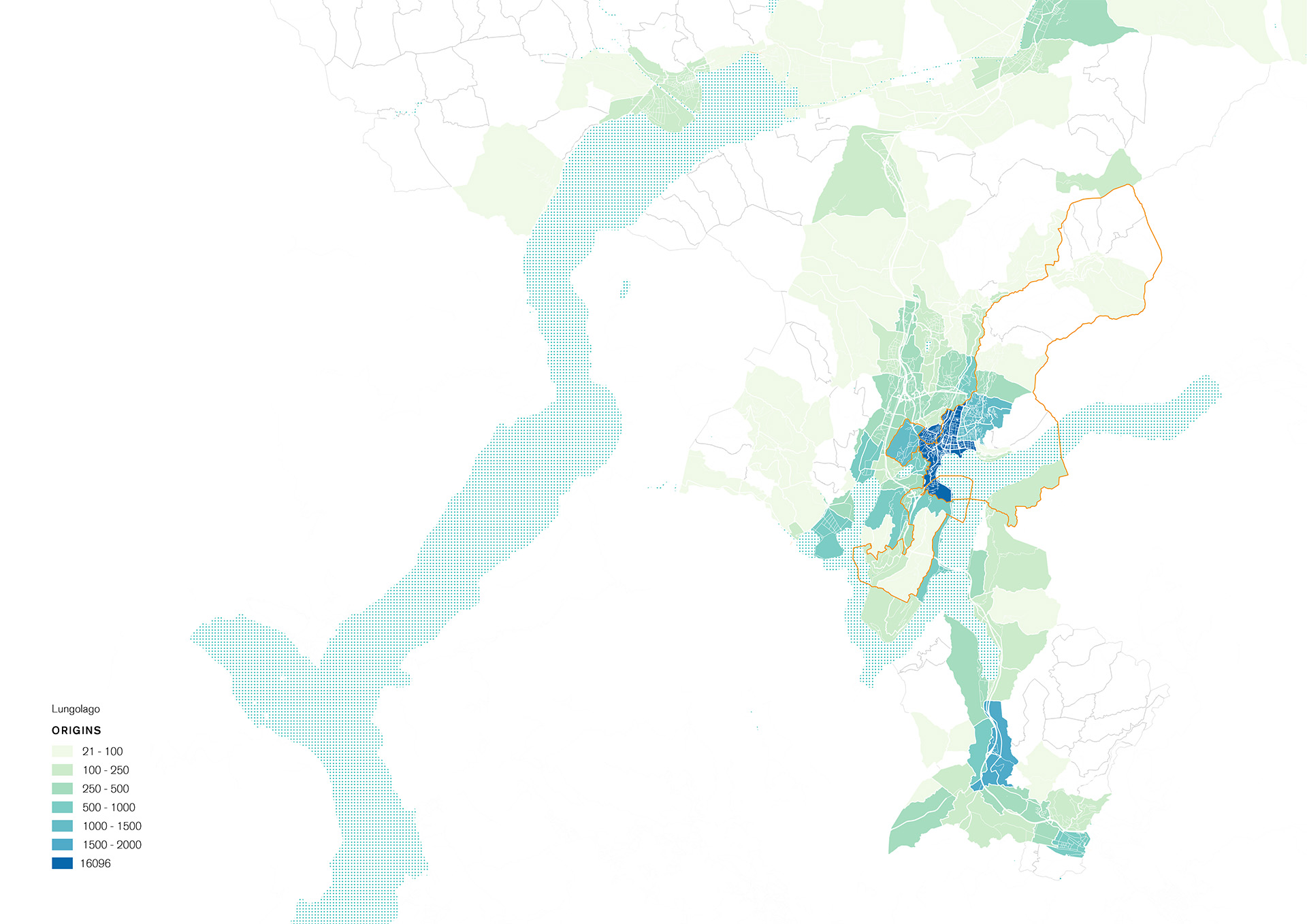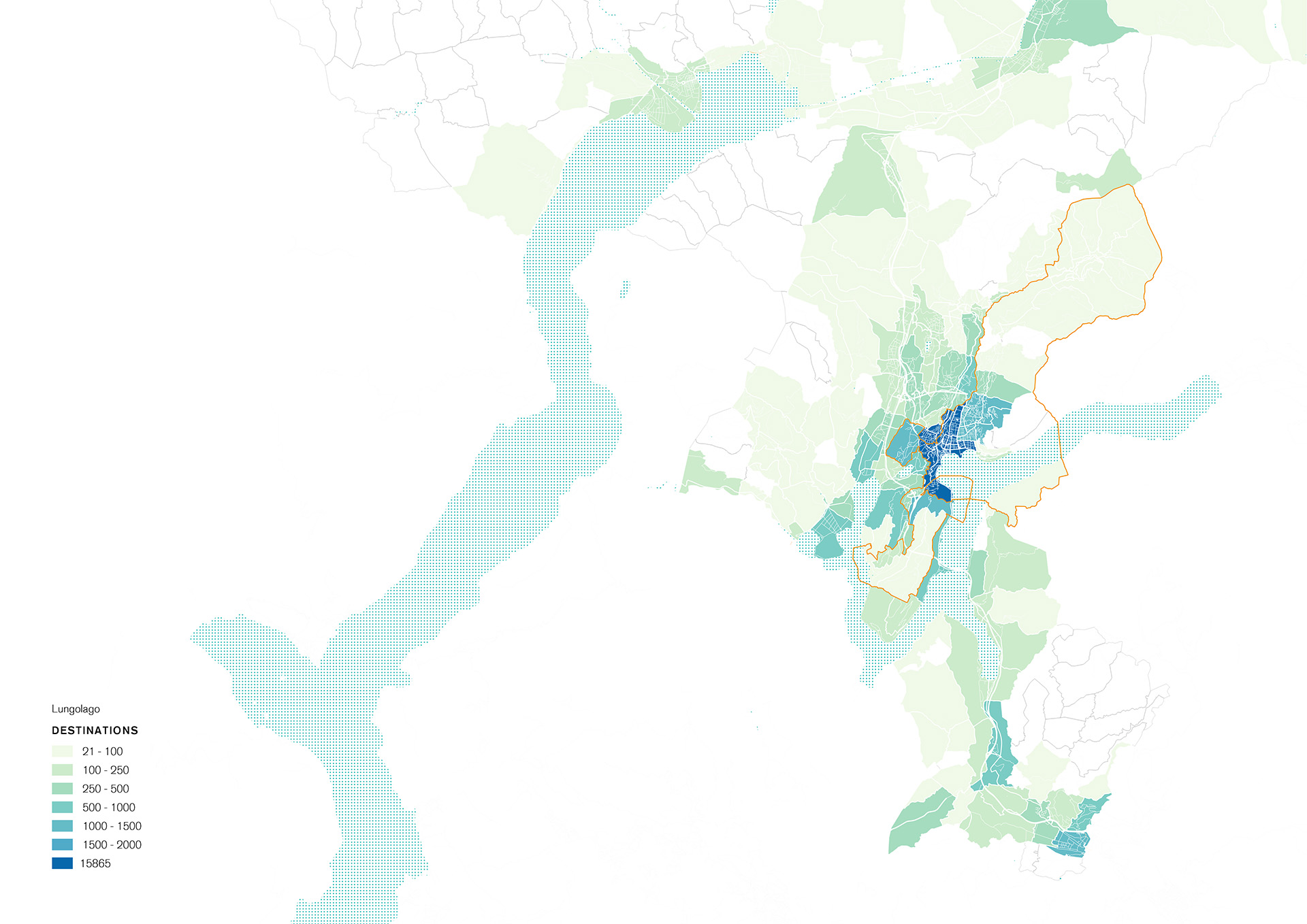Lugano Lakefront Vision Plan
Lugano
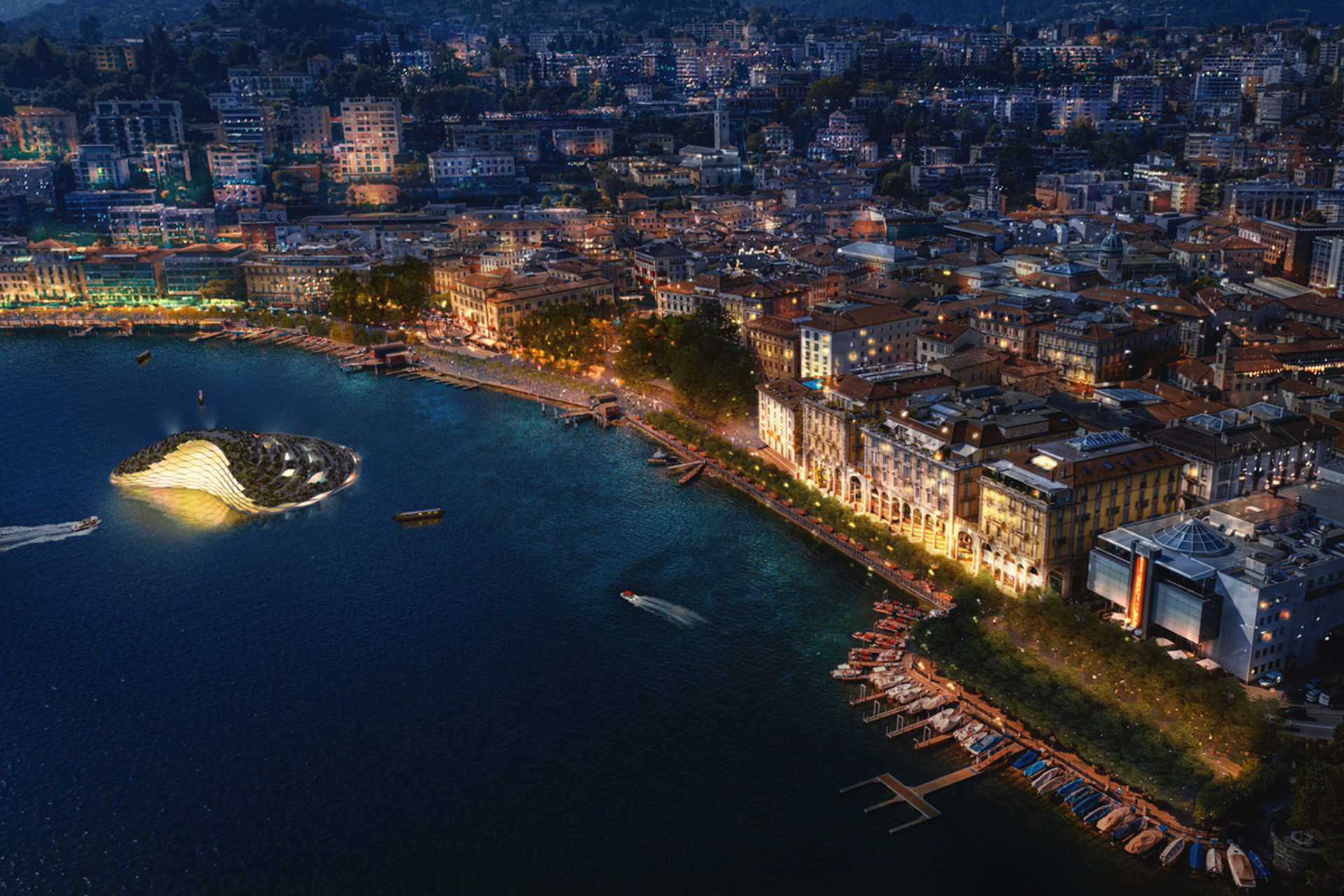
The Vision Plan for the redesign and pedestrianization of the Lugano Lakefront supports Carlo Ratti Associati’s urban vision to transform the existing vehicular axis along the lakefront into a reactive space.
The currently congested waterfront will be partially pedestrianized and a dynamic road system will be developed that can be configured with one or two lanes at different times of the day, as well as with shared surfaces, playgrounds and spaces of social aggregation.
Autonomous electric vehicles and micro-mobility solutions will complement private mobility in the new Masterplan.
Location
Lugano
Client
Carlo Ratti Associati
Main expertise
Sustinable Mobility
PROJECT HIGHLIGHTS
- GIS-based elaborations of mobile data
- Dynamically responsive urban and mobility solutions
- Traffic surveys
Project gallery
Our contribution
To ensure a connected and inclusive system that is as versatile as possible in terms of the demand framework, MIC-HUB produced GIS-based elaborations of mobile data including O/D and select link pass-through provided in an aggregated and anonymous format by Swisscom.
The data was used to structure the strategy, based on users’ mobility patterns at the broader and local scale. Subsequently, a vehicular micro-simulation model was used for testing various scenarios to reconfigure the Lakefront.
Reacting to real-time data and responding to people’s mobility needs, the lakefront will adapt to three possible scenarios:
- On week-day peak hours, the existing two-ways single carriageway will be maintained, but new pedestrian crossings will respond to the demand. The signage of the dynamic road will be smart, and the system will be supported by a special infrastructure able to produce clean energy.
- Thanks to real-time traffic management measures, to lower traffic volumes corresponds the dynamic expansion of strategic pedestrian connections towards the Lake. An autonomous electric shuttle system and micro mobility hubs will complement private mobility options.
- On weekends, this dynamic and inclusive urban area will provide more pedestrian, sport and leisure space, potentially becoming a continuous shared surface.
The proposed dynamic waterfront also includes a smart wayfinding system, responsive street furniture, infrastructure that produces clean energy from the absorption of heat and a series of mobility nodes where people can select their preferred mode of transport among an ecosystem of shared solutions.
